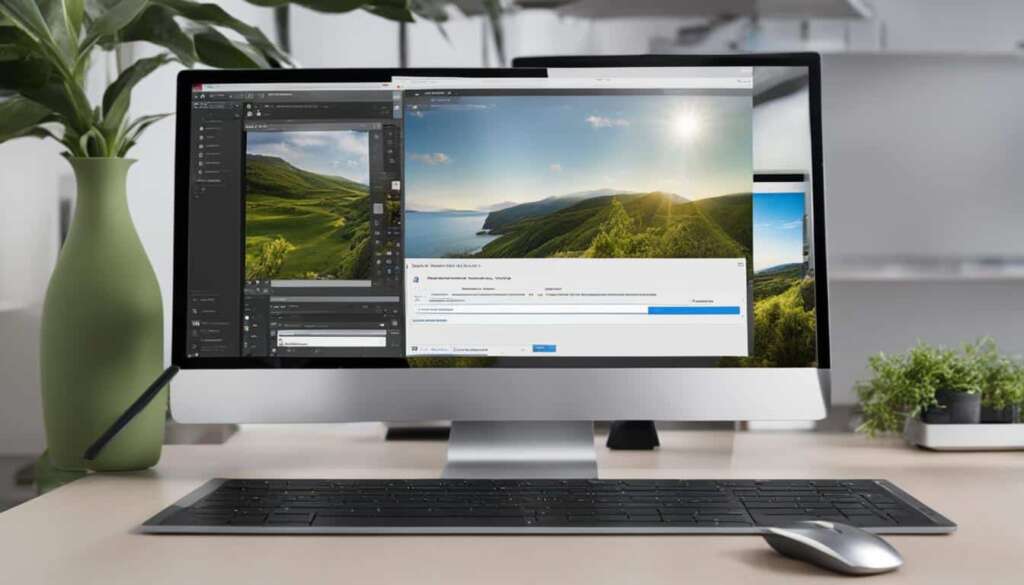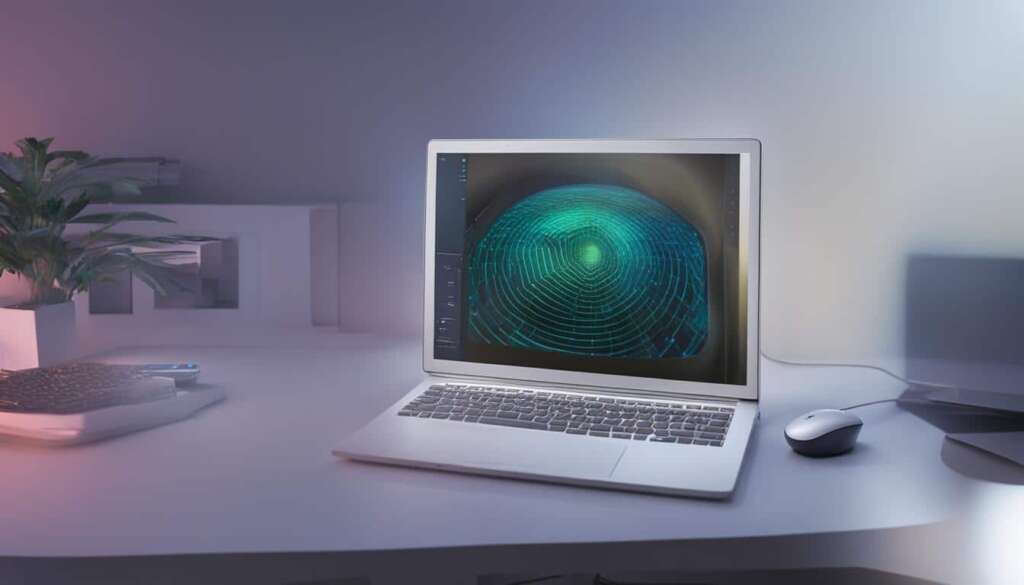Table of Contents
The Windows Task Manager is a powerful tool that allows you to view active processes on your PC. By accessing the Task Manager through keyboard shortcuts or the taskbar, you can easily check which programs are currently running on your computer. The Task Manager provides a simple view of visible applications and a more advanced tabbed interface that displays detailed information about running processes. It also allows you to monitor resource usage, manage startup applications, and control system services.
In this quick guide, we will show you how to launch the Task Manager, navigate its interface, and effectively manage processes to optimize your PC’s performance. Whether you are troubleshooting performance issues or simply want to keep an eye on the programs running in the background, the Task Manager is a valuable tool for any PC user.
How to Launch the Task Manager
Launching the Task Manager on your PC is a quick and easy process. There are several methods you can use to access it:
- Keyboard Shortcut: Press Ctrl+Shift+Esc to launch the Task Manager directly.
- Right-Click the Taskbar: Simply right-click on the taskbar and select “Task Manager” from the context menu that appears.
- Ctrl+Alt+Delete: Press Ctrl+Alt+Delete and click on the “Task Manager” option that appears on the screen.
- Start Menu: Find the Task Manager shortcut in your Start menu by clicking on the Windows icon, scrolling through the list of programs, and locating “Task Manager.”
These methods provide you with convenient ways to launch the Task Manager, allowing you to effortlessly view active processes and efficiently manage system resources.
Having trouble launching the Task Manager? Try one of these methods for instant access to this powerful tool.
Task Manager’s Simple View and Tabs Explained
When you first launch the Task Manager, you will see a simple view that lists the visible applications running on your desktop. This view allows you to select and close applications that are not responding. By clicking “More Details”, you can access the Task Manager’s more advanced tabbed interface.
The Task Manager offers a variety of tabs that provide specific information about different aspects of your computer’s processes, resource usage, and system performance. Let’s take a closer look at each of these tabs:
- Applications: This tab displays a list of the applications that are currently running on your PC. You can use it to easily switch between open applications or close any unresponsive ones.
- Processes: The Processes tab provides a detailed view of all the processes running on your system. You can see information such as the CPU and memory usage for each process, as well as the process IDs and descriptions. This information can be helpful in troubleshooting performance issues or identifying problematic processes.
- Performance: The Performance tab shows real-time graphs and statistics for your system’s CPU, memory, disk, and network usage. This can help you monitor resource usage and identify any bottlenecks that may be affecting your computer’s performance.
- App History: This tab displays historical data about resource usage for installed applications. It can be useful for tracking how much CPU, network, or disk usage an application has consumed over time.
- Startup: The Startup tab lists the programs and services that are set to start automatically when your computer boots up. You can enable or disable programs from starting up to control which ones load with your system, potentially improving startup times.
- Users: The Users tab provides information about the active user sessions on your PC. It shows which users are logged in and what processes they are currently running.
- Details: The Details tab provides a comprehensive view of all the running processes, including their process IDs, paths, and CPU/memory usage. You can use it to sort and manage processes based on various criteria.
- Services: The Services tab lists the background services that are running on your system. You can start, stop, or manage these services to control system functionality.
The Task Manager’s simple view and tabbed interface offer a wealth of information and control over your PC’s processes and performance. By familiarizing yourself with the different tabs and their functions, you can effectively manage applications, troubleshoot issues, and optimize your computer’s resource usage.
Managing Processes and Resource Usage with the Task Manager
The Task Manager is a critical tool for effectively managing processes and optimizing resource usage on your PC. With the Task Manager’s intuitive interface, you can gain control over running processes and ensure optimal performance.
One of the key features of the Task Manager is the ability to end tasks. By simply right-clicking on a process, you can quickly choose to end the task. This function is especially useful when dealing with unresponsive programs or unwanted processes. Additionally, you have the option to expand process groups and search for more information online, empowering you with deeper insights into the processes running on your PC.
Another essential aspect of the Task Manager is its real-time data on CPU, memory, disk, and network usage. This information allows you to identify any programs that may be consuming excessive resources and adjust them accordingly. By managing processes and optimizing resource usage, you can effectively troubleshoot performance issues and improve the overall speed and efficiency of your PC.
FAQ
How can I view active processes on my PC?
To view active processes on your PC, you can access the Task Manager using keyboard shortcuts such as Ctrl+Shift+Esc, right-click the taskbar and select “Task Manager”, press Ctrl+Alt+Delete and click “Task Manager” on the screen that appears, or find the Task Manager shortcut in your Start menu.
What is the Task Manager’s simple view?
The Task Manager’s simple view lists the visible applications running on your desktop. It allows you to select and close applications that are not responding.
What are the different tabs in the Task Manager?
The Task Manager has several tabs including Applications, Processes, Performance, App History, Startup, Users, Details, and Services. Each tab provides specific information about running processes, resource usage, and system performance.
How can I manage running processes and optimize resource usage?
You can manage running processes and optimize resource usage by accessing the Task Manager. Right-clicking on a process allows you to perform actions such as ending the task, expanding process groups, and searching for more information online. The Task Manager also provides real-time data on CPU, memory, disk, and network usage, helping you identify any programs consuming excessive resources.







